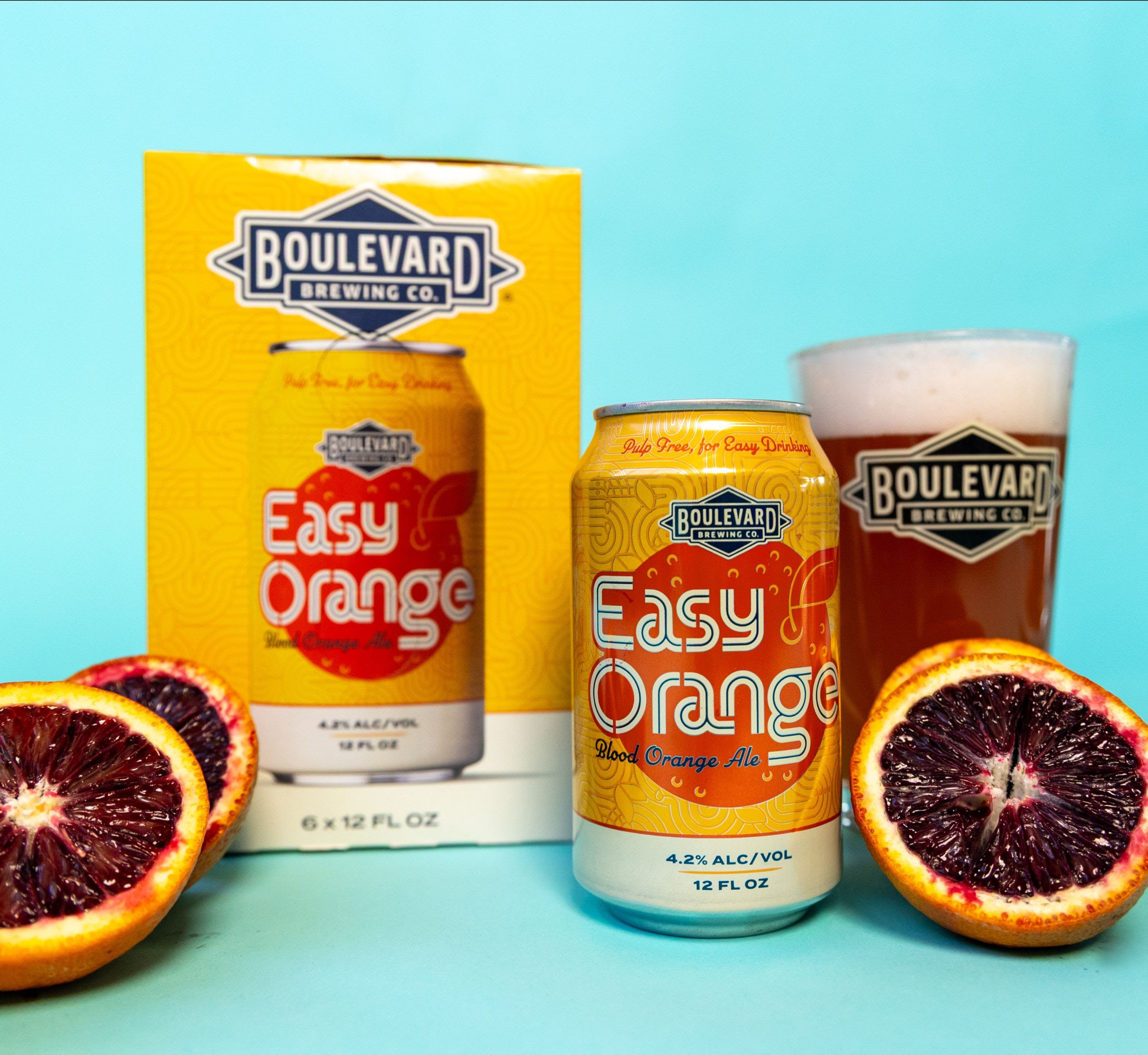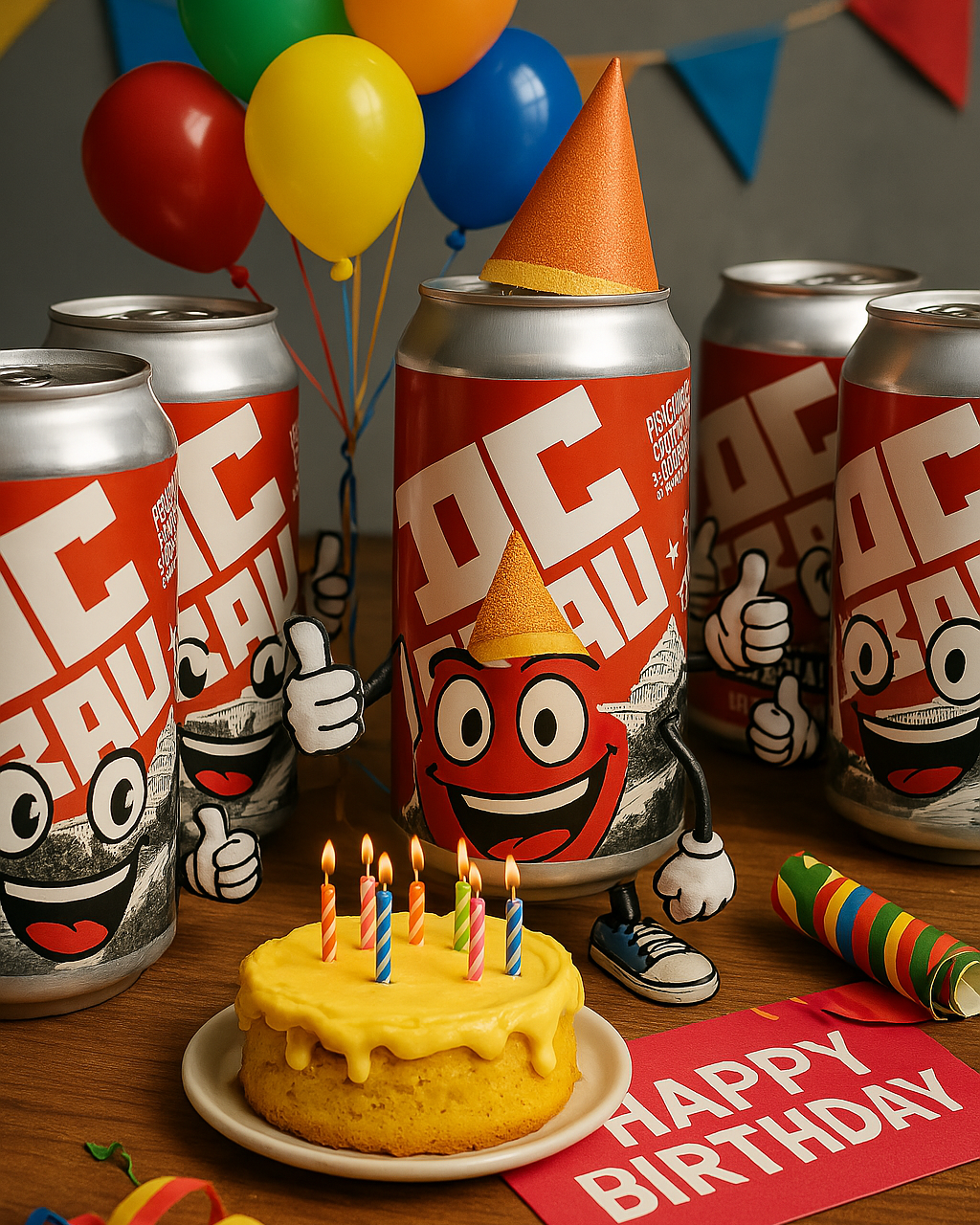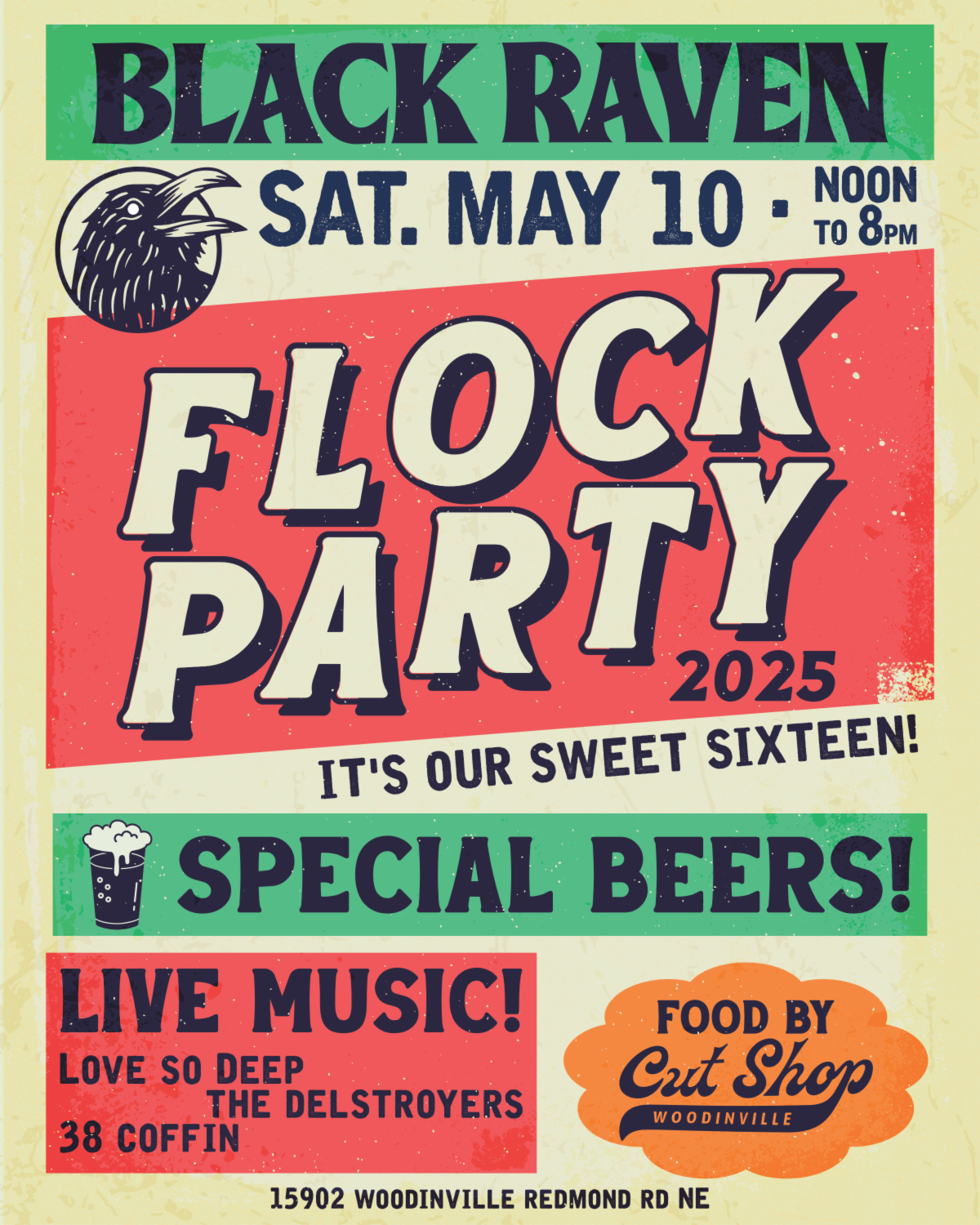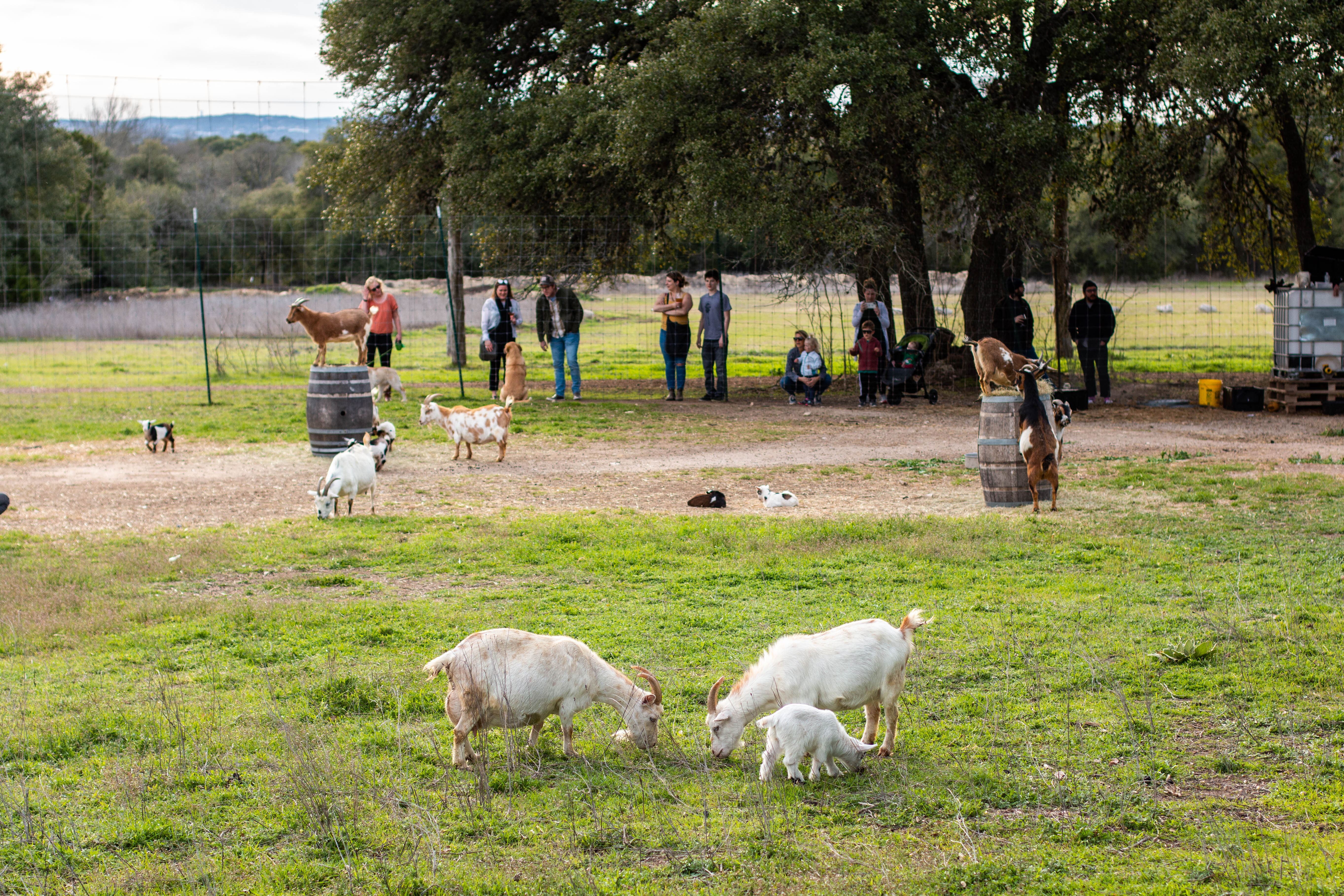
(Atlanta, GA) After talking to several brewers over the past couple of weeks, we have decided to add six new categories to the 2012 U.S. Open Beer Championship. These categories include: Sessions Beer, American-Style Black Ale, Baltic Porter, Wood/Barrel-Aged Strong Stout, Wood/Barrel-Aged Sour Beer, and Gluten-Free Beer.
Here are the Category Numbers and Descriptions:
Category 59: Session Beer
Any style of beer can be made lower in strength than described in the classic style guidelines. The goal should be to reach a balance between the style’s character and the lower alcohol content. Drinkability is a character in the overall balance of these beers. Beers in this category must not exceed 4.1% alcohol by weight (5.1% alcohol by volume). To allow for accurate judging the brewer must identify the base style by name or category number that is being created lower in alcohol and/or appropriately identify the style created (for example: half-alt, singlefest or baby bock). Beer entries not accompanied by this information will be at a disadvantage during judging.
Original Gravity: 1.034-1.040
Final Gravity: 1.004-1.010
Alcohol by Volume: 4.0-5.1%
Bitterness (IBU): 10-30
Color SRM (EBC): 2+ (4+ EBC)
Category 60: American-Style Black Ale
American-style Black Ale is perceived to have medium high to high hop bitterness, flavor and aroma with medium-high alcohol content, balanced with a medium body. Fruity, floral and herbal character from hops of all origins may contribute character. The style is further characterized by a moderate degree of caramel malt character and dark roasted malt flavor and aroma. High astringency and high degree of burnt roast malt-
character should be absent.
Original Gravity : 1.056-1.075
Final Gravity: 1.012-1.018
Alcohol by Volume: 6 -7.5%
Bitterness (IBU): 50-70
Color SRM (EBC): 35+ (70+ EBC)
Category 61: Baltic-Style Porter
A true smooth cold-fermented and cold lagered beer, brewed with lager yeast. Black to very deep ruby/garnet in color. Overall, Baltic Porters have a very smooth lagered character with distinctive caramelized sugars, licorice and chocolate-like character of roasted malts and dark sugars. Roasted dark malts should not contribute bitterness, or astringent roast character. A low degree of smokiness from malt may be evident. Debitterized roast malts are best used for this style. Because of its alcoholic strength, aroma may include gentle (low) lager fruitiness (berries, grapes, plums, not banana; ale-like fruitiness from warm temperature fermentation is not appropriate), complex alcohols, cocoa-like, roast malt (and sometimes coffee-like roast barley, yet not bitter). Hop aroma is very low, though a hint of floral or sweet hop aroma can complement aromatics and flavor without dominance. Baltic Porters are not hop bitter dominated and expressed as low to medium-low. Baltic porters range from having medium to full body complemented with a medium-low to medium level of malty sweetness. No butterscotch-like diacetyl or sweet corn-like dimethylsulfide should be apparent in aroma or flavor.
Original Gravity: 1.072-1.085
Final Gravity: 1.016-1.022
Alcohol by Volume:7.5-9%
Bitterness (IBU): 35-40
Color SRM (EBC): 40+ (80+ EBC)
Category 62: Wood/Barrel-Aged Strong Stout
A wood/barrel-aged strong stout is any of the traditional stronger stout styles or unique experimental stout that has been aged for a period of time in a wooden barrel or in contact with wood that meets the criteria for alcoholic strength shown below. For purposes of this competition entries in this category should contain greater than 6.5% a.b.v. Wood/barrel-aged strong stouts will be characteristically dark. Entries are aged with the intention of imparting the particularly unique character of the wood and/or what has previously been in the barrel. New wood character is often characterized as a complex blend of vanillin and unique wood character but wood aged is not necessarily synonymous with imparting wood flavors. Used sherry, bourbon, scotch, port, wine and other barrels are often used, imparting complexity and uniqueness to beer. Ultimately a balance of flavor, aroma and mouthfeel are sought with the marriage of new beer with wood and/or barrel flavors. Primary character of the beer style may or may not be apparent. Examples of wood/barrel-aged strong stout styles include but are not limited to stronger versions of wood/barrel-aged foreign stout, British- or American-style Imperial stout, other strong stout styles, or other strong beer styles blended with stout that meet the criteria for alcohol content. To allow for accurate judging the brewer must provide additional information about entries in this category. Comments could include classic strong stout style and/or other styles blended with stout (if any) being aged in wood, type of wood used (new or old, oak or other wood type), previous liquids in the barrel if any (port/ whiskey/ wine/ sherry/other), or achieved character. Beer entries not accompanied by this information will be at a disadvantage during judging.
Original Gravity: Varies with style
Final Gravity (ºPlato): Varies with style
Alcohol by Volume : >6.5%
Bitterness (IBU): Varies with style
Color SRM (EBC): 40+ (80+ EBC)
Category 63: Wood/Barrel-Aged Sour Beer
A. Subcategory: Wood/Barrel-Aged Sour Beer
A wood/barrel-aged sour beer is any lager, ale or hybrid beer, either a traditional style or a unique experimental beer that has been aged for a period of time in a wooden barrel or in contact with wood and has developed a bacterial induced natural acidity. Entries are aged with the intention of imparting the particularly unique character micro flora present in the wood. Sometimes wood aging is intended to impart the particularly unique character of the wood and/or what has previously been in the barrel, but wood-aged is not necessarily synonymous with imparting wood flavors. Wood character can be characterized as a complex blend of vanillin and unique wood character. Wood-derived character can also be characterized by flavors of the product that was in the barrel during prior use. These wood-derived flavors, if present in this style, can be very low in character and barely perceived or evident or assertive as wood-derived flavors. Any degree of wood-derived flavors
should be in balance with other beer character. Usually bacterial and/or “wild” yeast fermentation contributes complex esters and results in a dry to very dry beer. Ultimately a balance of flavor, aroma and mouthfeel are sought with the marriage of acidity, complex esters and new beer with wood and/or barrel flavors. To allow for accurate judging the brewer must provide additional information about entries in this category. Comments could include classic or base beer style being aged in wood, type of wood used (new or old, oak or other wood type), type(s) of microbial contribution, previous liquids in the barrel if any (port/whiskey/wine/sherry/other) and achieved character. Beer entries not accompanied by this information will be at a disadvantage during judging.
B. Subcategory: Fruited Wood/Barrel-Aged Sour Beer
A fruited wood/barrel-aged sour beer is any fruited lager, ale or hybrid beer, either a traditional style or a unique experimental beer that has been aged for a period of time in a wooden barrel or in contact with wood and has developed a bacterial induced natural acidity. Entries are aged with the intention of imparting the particularly unique character micro flora present in the wood. Sometimes wood aging is intended to impart the particularly unique character of the wood and/or what has previously been in the barrel, but wood-aged is not necessarily synonymous with imparting wood flavors. Wood character can be characterized as a complex blend of vanillin and unique wood character. Wood-derived character can also be characterized by flavors of the product that was in the barrel during prior use. These wood-derived flavors, if present in this style, can be very low in character and barely perceived or evident or assertive as wood-derived flavors. Any degree of wood-derived flavors should be in balance with other beer character. Usually bacterial and/or “wild” yeast fermentation contributes complex esters and results in a dry to very dry beer. Entries in this subcategory have fruit added at different stages up to and including during wood aging. Ultimately a balance of flavor, aroma and mouthfeel are sought with the marriage of acidity, complex esters and new beer with wood and/or barrel flavors and with fruit flavors and aroma. To allow for accurate judging the brewer must provide additional information about entries in this category. Comments could include classic or base beer style, type of wood used (new or old, oak or other wood type), type(s) of microbial contribution, previous liquids in the barrel if any (port/ whiskey/ wine/ sherry/other), fruit used, and achieved character. Beer entries not accompanied by this information will be at a disadvantage during judging.
Category 64: Gluten-Free Beer
A beer that is made from fermentable sugars, grains and converted carbohydrates. Ingredients do not contain gluten, in other words zero gluten (No barley, wheat, spelt, oats, rye, etc). May or may not contain malted grains that do not contain gluten. Brewers typically design and identify these beers along other style guidelines with regard to flavor, aroma and appearance profile. NOTE: These guidelines do not supersede any government regulations. Wine, mead, flavored malt beverages or beverages other than beer as defined by the TTB (U.S. Trade and Tax Bureau) are not considered “gluten-free beer” under these guidelines. To allow for accurate judging the brewer must identify the ingredients and fermentation type used to make the beer, and/or the classic beer style being elaborated upon (if there is one) with regard to flavor, aroma and appearance.









0 comments (click to read or post):
Post a Comment
Please leave a comment...I do moderate each comment so it may not appear immediately...and please be nice! You can also comment using Disqus (below) or even comment directly on Facebook (bottom).